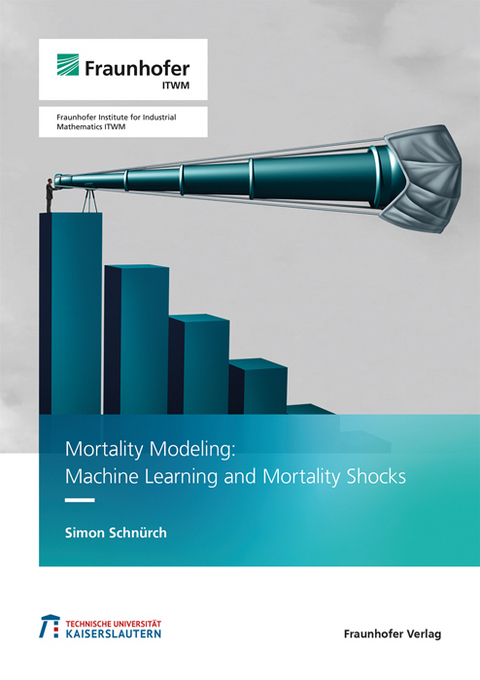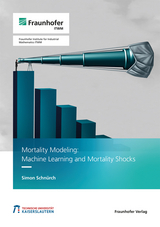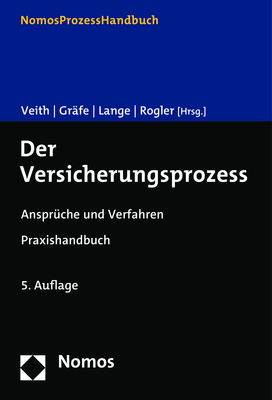Mortality Modeling: Machine Learning and Mortality Shocks
Seiten
This thesis offers a thorough review of stochastic mortality models, including various calibration and forecasting procedures. As a new contribution to the literature, machine learning methods are applied, yielding fresh perspectives on mortality data and improved forecasting performance. Benefits of classical models such as interpretability and prediction uncertainty quantification are preserved as much as possible or even enhanced.
This thesis offers a thorough review of stochastic mortality models, including various calibration and forecasting procedures. As a new contribution to the literature, machine learning methods are applied, yielding fresh perspectives on the data and improved forecasts.
The popular common age effect model is extended to multiple common age effects, each of which is shared only by a subset of all populations. Cluster analysis algorithms are applied to identify suitable subsets. A new model inspired by the fuzzy clustering paradigm is introduced and demonstrated to be parsimonious and flexible.
A convolutional neural network trained on the age-period mortality surface is proposed. Its forecasts compare favorably to other models. A bootstrapping technique which leads to reliable prediction intervals for the considered convolutional network is described.
The COVID-19 pandemic has interrupted the trend of improving mortality. The mortality shock it has caused in many countries poses new challenges for modeling and can have a large impact on death rate forecasts. Different model adjustments are compared and practical recommendations regarding model choice and calibration derived.
This thesis offers a thorough review of stochastic mortality models, including various calibration and forecasting procedures. As a new contribution to the literature, machine learning methods are applied, yielding fresh perspectives on the data and improved forecasts.
The popular common age effect model is extended to multiple common age effects, each of which is shared only by a subset of all populations. Cluster analysis algorithms are applied to identify suitable subsets. A new model inspired by the fuzzy clustering paradigm is introduced and demonstrated to be parsimonious and flexible.
A convolutional neural network trained on the age-period mortality surface is proposed. Its forecasts compare favorably to other models. A bootstrapping technique which leads to reliable prediction intervals for the considered convolutional network is described.
The COVID-19 pandemic has interrupted the trend of improving mortality. The mortality shock it has caused in many countries poses new challenges for modeling and can have a large impact on death rate forecasts. Different model adjustments are compared and practical recommendations regarding model choice and calibration derived.
| Erscheinungsdatum | 02.08.2022 |
|---|---|
| Zusatzinfo | num., col. illus. and tab. |
| Verlagsort | Stuttgart |
| Sprache | englisch |
| Maße | 148 x 210 mm |
| Themenwelt | Mathematik / Informatik ► Informatik |
| Betriebswirtschaft / Management ► Spezielle Betriebswirtschaftslehre ► Versicherungsbetriebslehre | |
| Schlagworte | B • Demographen • Lee-Carter model • machine learning • Mortality modeling • Mortality shocks • Neural networks • Statistiker • Versicherungsmathematiker/Aktuare |
| ISBN-10 | 3-8396-1831-2 / 3839618312 |
| ISBN-13 | 978-3-8396-1831-8 / 9783839618318 |
| Zustand | Neuware |
| Informationen gemäß Produktsicherheitsverordnung (GPSR) | |
| Haben Sie eine Frage zum Produkt? |
Mehr entdecken
aus dem Bereich
aus dem Bereich
Bedarfsanalyse, Vertrags-Check, Testsieger für jede Situation, …
Buch | Softcover (2024)
Stiftung Warentest (Verlag)
15,00 €




